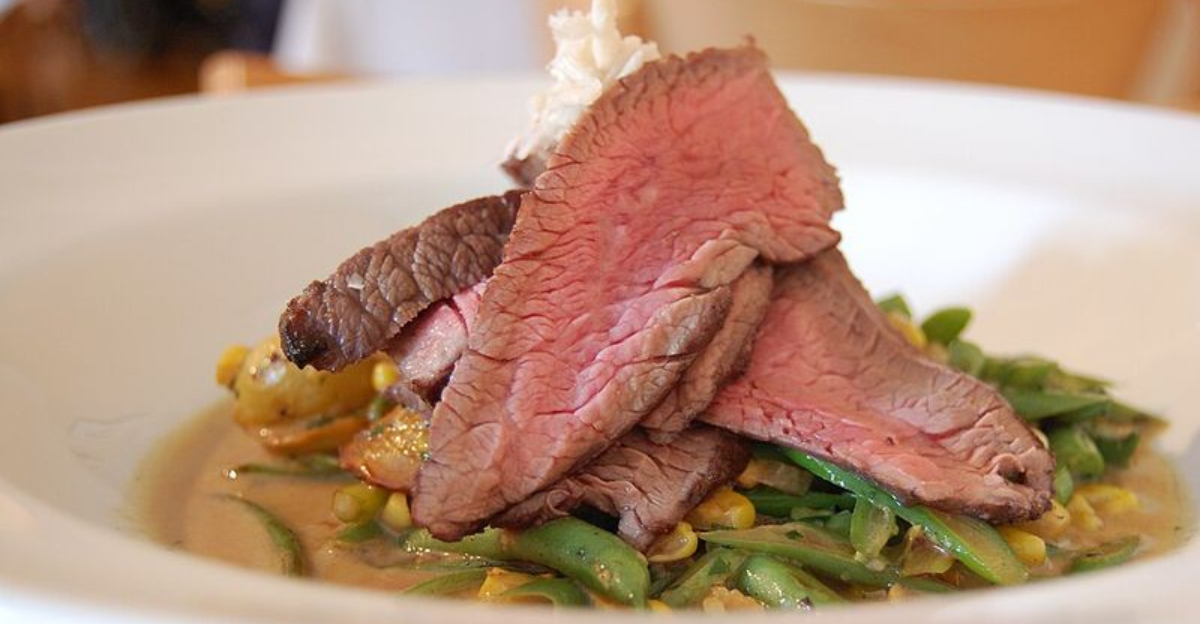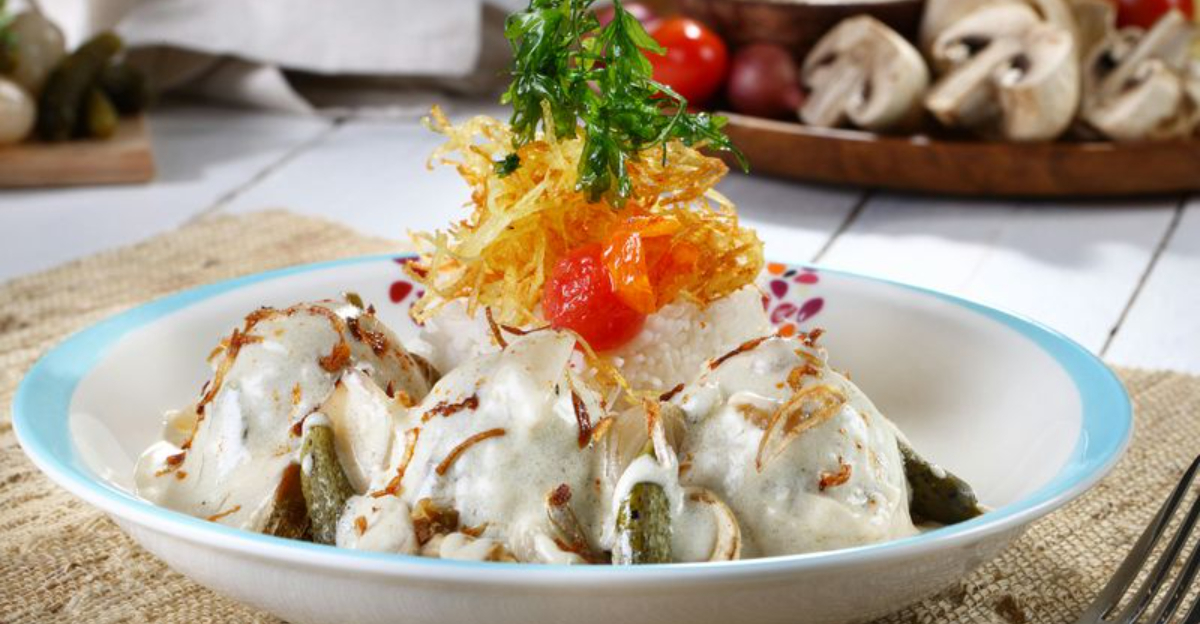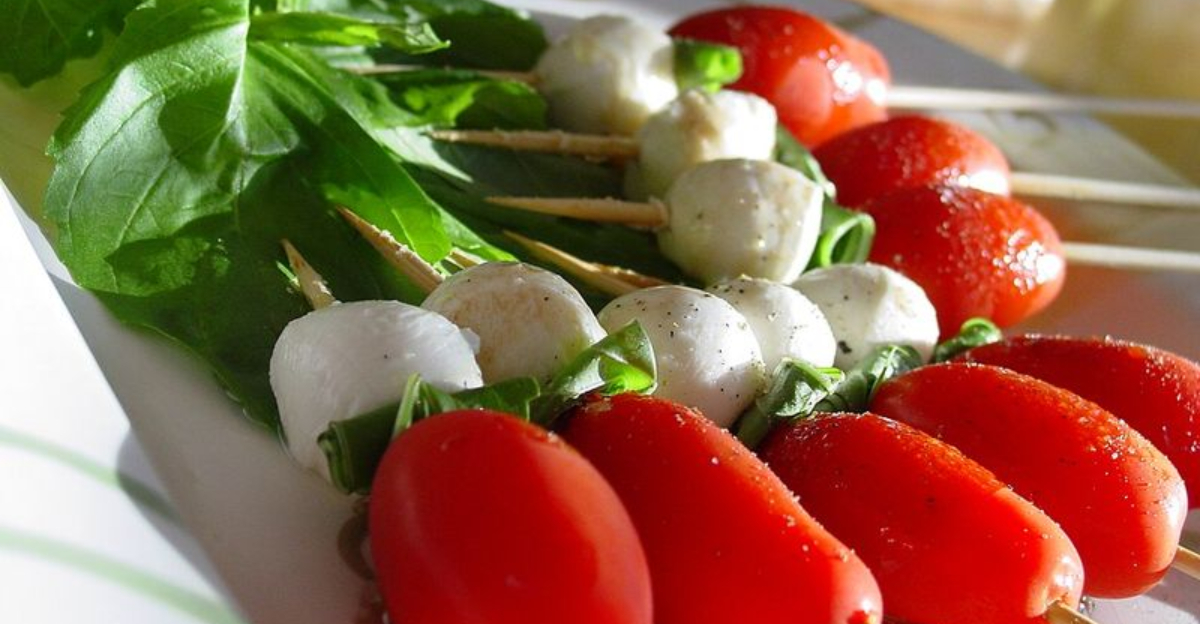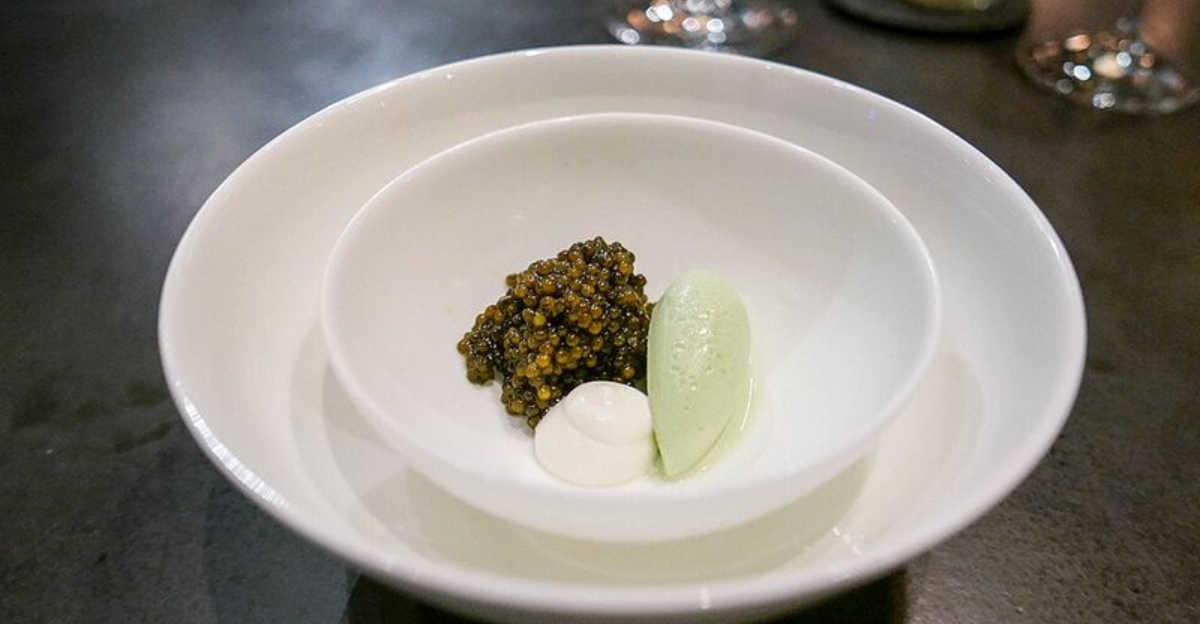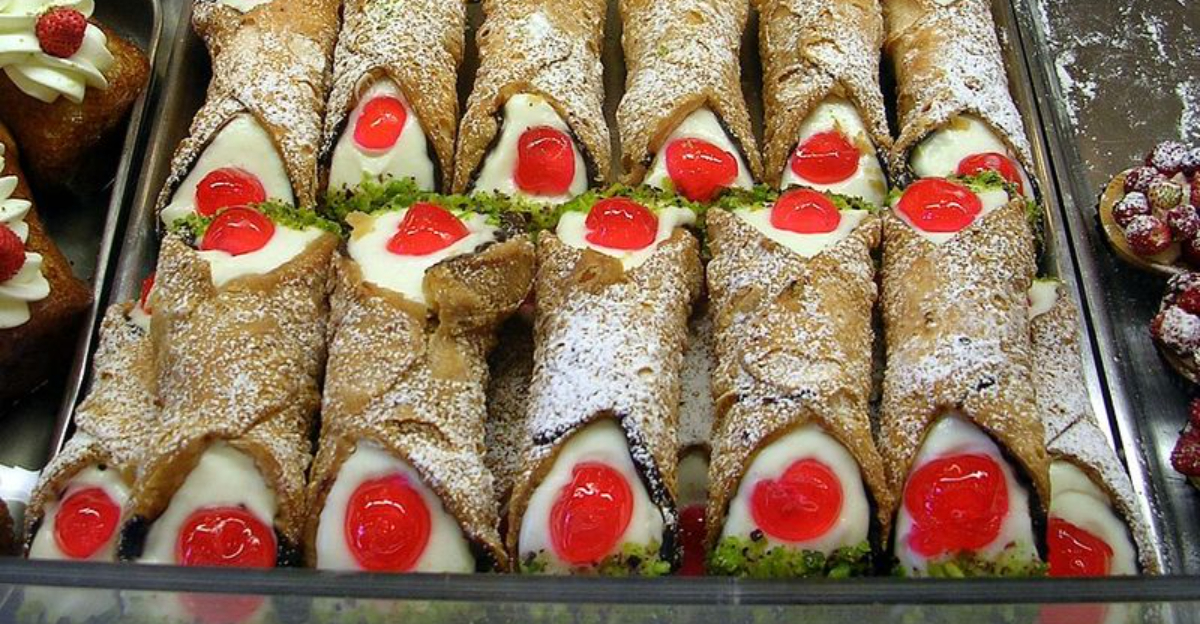Here’s The Water Trick That Changes Everything For Sausages
Most home cooks toss their sausages directly into a scorching hot pan and hope for the best. The result?
A charred exterior with a disappointingly raw or rubbery center that nobody wants to eat.
Professional chefs have been using a simple water-based method for years that guarantees juicy, evenly cooked sausages with a perfect golden crust every single time.
1. The Problem With Direct Heat
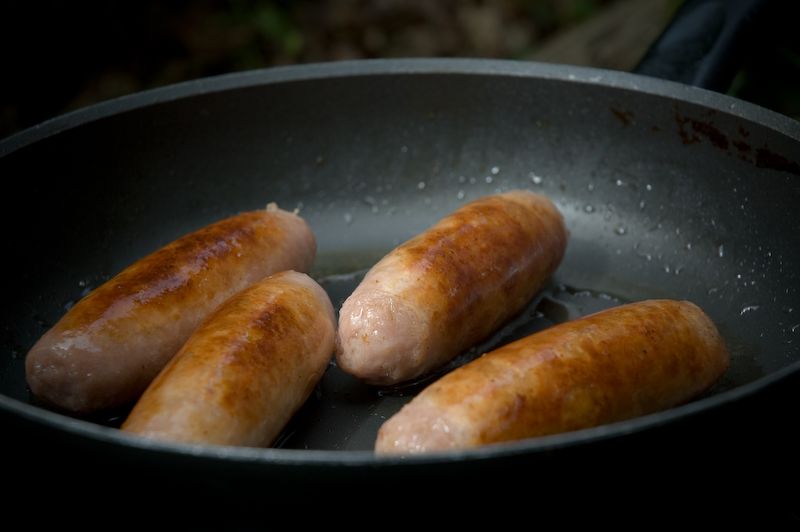
Traditional pan-frying creates an uneven cooking situation. The exterior gets hit with intense heat while the interior struggles to catch up, often resulting in a dried-out casing and undercooked center.
This imbalance forces cooks to leave sausages on the heat longer than necessary, sacrificing moisture and tenderness for food safety.
2. Enter The Two-Stage Water Method

The solution involves water, yes, water, before any oil or butter touches the pan. Simmering sausages in a shallow bath allows gentle, even heat penetration throughout the meat.
The pre-cooking phase brings the interior temperature up without subjecting the exterior to punishing direct heat.
3. How The Science Actually Works
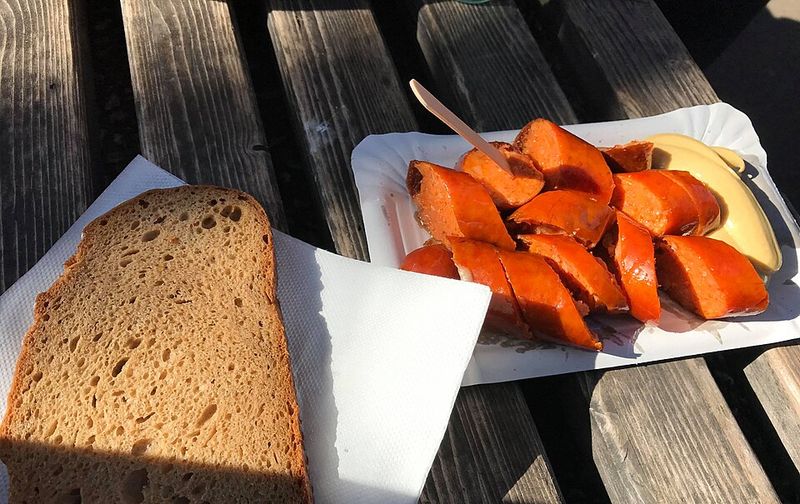
Water transfers heat more uniformly than metal-to-meat contact.
By partially cooking sausages through simmering, the subsequent pan-frying becomes a finishing touch rather than the main event. The reduced time in the hot pan means the casing crisps beautifully without the insides turning dry or mealy.
4. Real Kitchen Results From Home Cooks
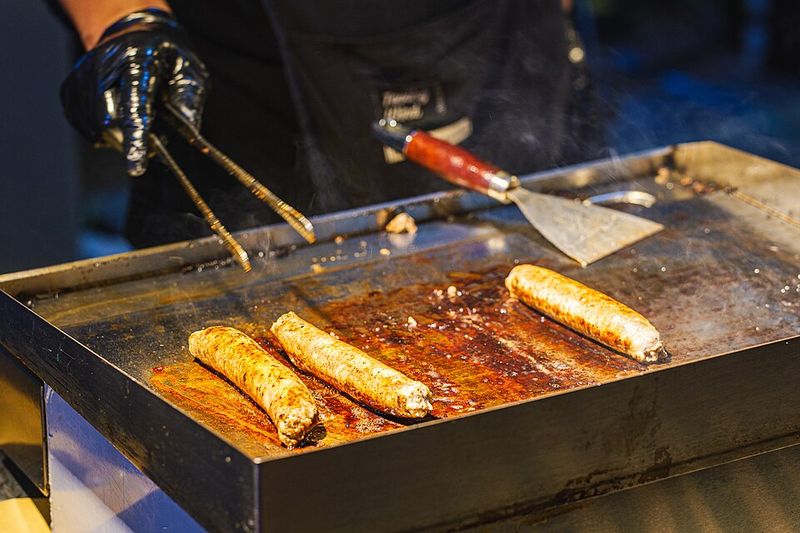
Home cooks who’ve adopted this technique report noticeable improvements. One enthusiast described simmering in a skillet until cooked through, then letting the water evaporate before browning the sausages in their own rendered fat; no additional oil needed.
Another cook uses the water stage to render excess fat from the links while keeping the centers slightly underdone, then finishes them under the broiler or in the oven. This works particularly well for sausages coming straight from the freezer.
5. The Final Sear Makes All The Difference
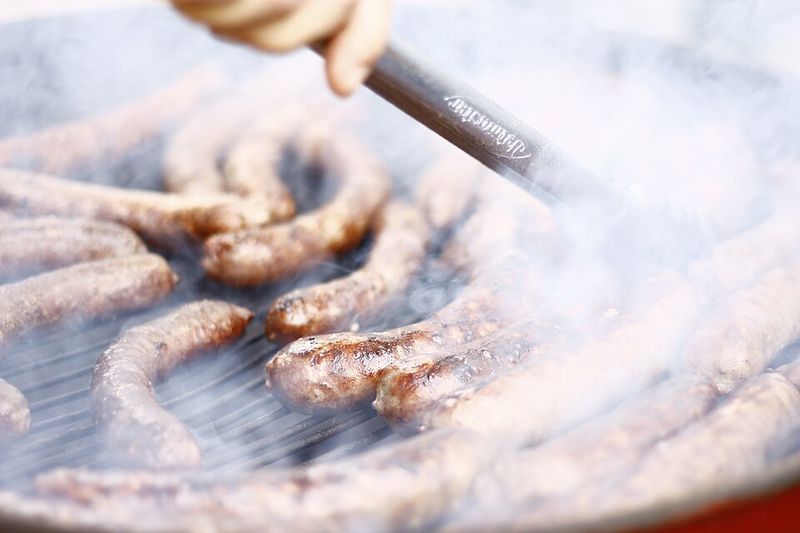
After the water evaporates, the sausages hit the dry, hot pan for a quick sear. Whether using olive oil or butter, this final stage creates the golden-brown exterior and caramelized flavor everyone expects from properly cooked sausages.
Since the interior is already nearly done, achieving that perfect crust takes just minutes rather than the extended cooking time traditional methods require.

